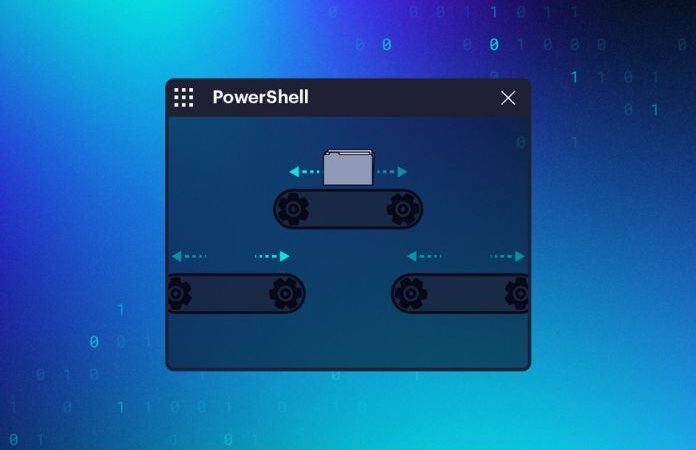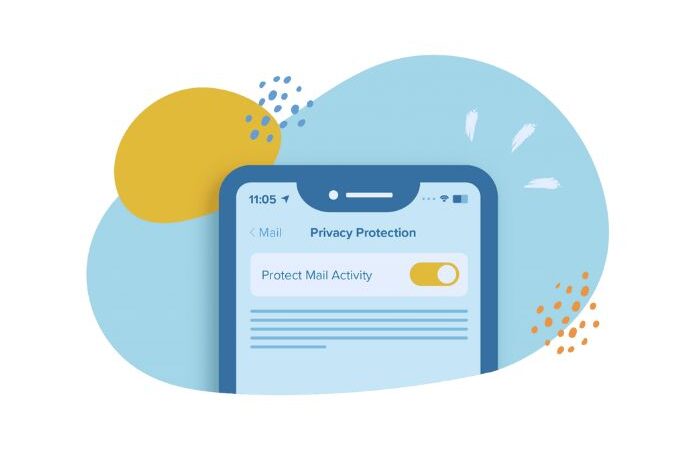How Does Data Hijacking Work?

Nothing scares users and IT security professionals more than the threat of ransomware. A ransomware attack is only as bad as a cyber attack can be. It can shut down your business, in the case of healthcare organizations that can endanger the lives of patients, damage your reputation with customers and employees and even invite more attacks, as cybercriminals view your organization as an easy brand.
Table of Contents
What Is Ransomware?
Ransomware is nothing but the Malware that covertly installs itself on a system and executes a crypto virus attack that blocks or encrypts valuable files on the network. Without a comprehensive network segmentation or micro-segmentation policy, malicious actors can also move laterally within your organization’s network, infect endpoints and servers, and demand a ransom for access to their data.
It is a cyberattack that involves an unwanted party (hacker) using malware to prevent you from accessing your devices or data. But what makes this worse, and why it’s known as a ransomware attack, is that they want something in exchange for giving you back access.
There are two components here: The ransomware infection that is a cybercriminal infects a device with malicious software (malware) known as ransomware. This malware creates the denial of access to the device and/or its data, either by locking the device or by encrypting all its data and files. The attacker’s demand for ransom. The cybercriminal uses your influence to make a claim.
They usually ask for cryptocurrencies in exchange for a decryption key to give you back access to your data. A hacker could be denied access to: Home or work computers, Website or web servers, IT systems, or any other type of data or network, Mobile devices, and other types of servers.
Working Of Data Hijacking
Ransomware hackers are notorious for demanding payments in digital currencies such as Bitcoin, Monero, and Ethereum. This is because many types of cryptocurrencies are pseudonyms. The most common way for criminals to infect an organization is by sending an email with a malicious link or attachment that an employee inadvertently clicks to initiate an attack.
These can be emails sent to millions of potential victims or targeted emails sent to a specific person in a particular organization. The attackers will inform the victim that their data is encrypted. To access the decryption key, the victim must make a quick payment, often in cryptocurrencies that protect the identity of the attacker. If it is not paid within an initial period, usually 72 hours, the attackers are not ashamed to increase the ransom and often threaten to delete your data as well. And since you cannot expect good faith negotiations, there is no guarantee that the attacker will provide the key postpaid.
This Ransomware frequently contains extraction capabilities that can steal critical information such as usernames and passwords, so stopping data hijacking is serious business. With vulnerabilities ingrained in unsuspecting users, the task of preventing these attacks means both staff training and a robust email and network security system that includes a robust backup program so that you have a fresh copy of your data.
Organizations must prepare for the worst and take all necessary steps to minimize the potential impact. The email attack vector can make ransomware a difficult problem to stop. If the attacker is determined, it is almost impossible to prevent him from finding a way to attract an employee. Attackers can trick even sophisticated users into clicking on an invoice they are waiting for, or a photograph that appears to be from someone they know, or a document that appears to come from their boss.






